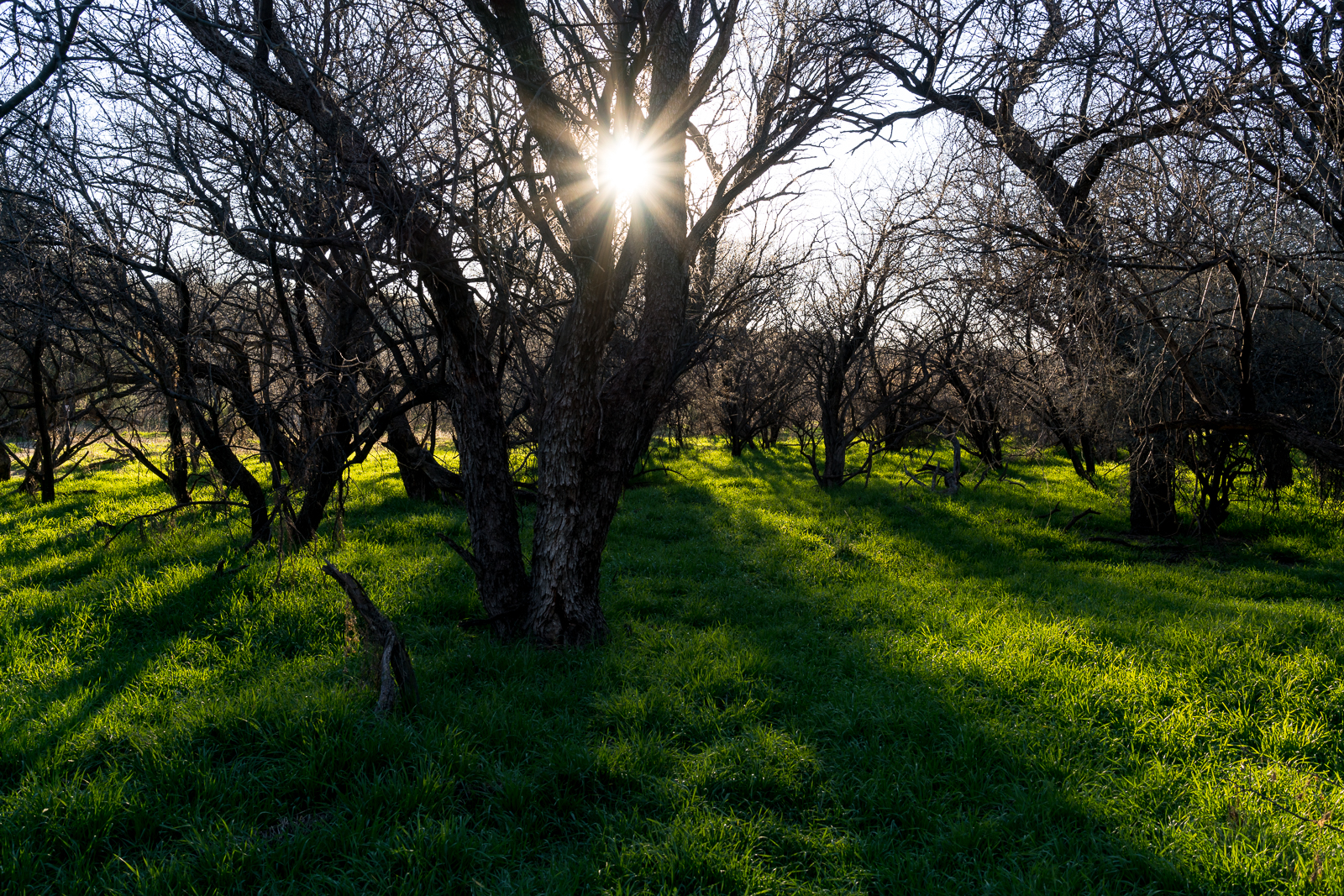
There is nowhere that I have visited in the Santa Catalina Mountains where you are more likely to see people hiking/walking/running/enjoying the night outside than in Sabino Canyon. With a great variety of trails from steep climbs like Blackett's Ridge to walks on the pavement along the canyon, water (at least part of the year…) and an open parking area (many of the the county trailheads have parking restrictions that are not night-hike-friendly) Sabino Canyon is a beautiful spot to enjoy nighttime in the desert! (Hiking at night presents a unique set of challenges – if you have never hiked at night find an experienced friend or group to hike with.)

The construction of the dam in Lower Sabino Canyon began in 1937 after plans fell thru for a much larger dam higher in the canyon – the dam was dedicated the next year. In Sabino Canyon: The Life of a Southerwestern Oasis by David Wentworth Lazaroff says of the lake behind the dam:
The tiny lake was instantly popular. The centerpiece of the new Sabino Canyon Recreation Area, it regularly filled with swimmers, and fisherman crowded the dam angling for stocked bass and sunfish. (p. 99)
The water behind the dam, surrounded by trees, is still an attraction in the canyon – but no one would describe it as a lake – silted in and overgrown.









